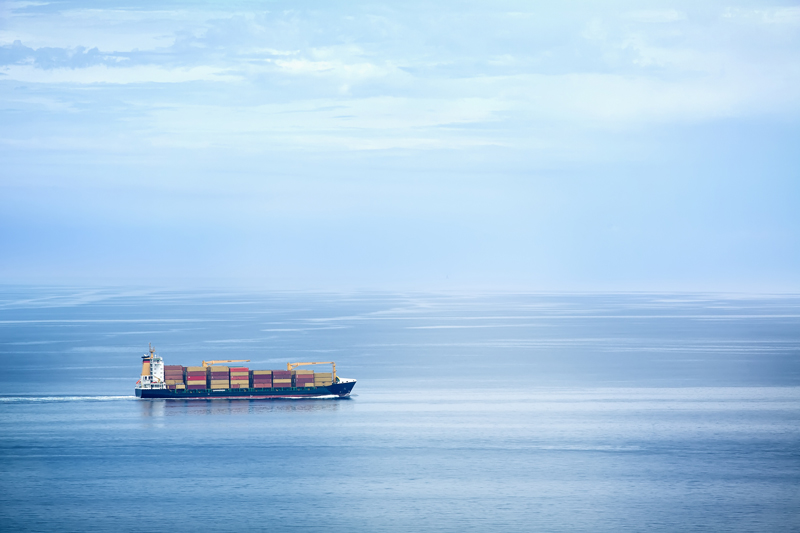
By Jean Regan, President & CEO
This year the ocean market has made headlines often. Whether it was blank sailings, ships waiting to dock, the Ever Given fiasco or something else, there was certainly a lot to report. The pandemic also highlighted how supply chains that once appeared unbreakable could be vulnerable to disruptions from the ocean sector and other areas.
This month the Maritime & Trade Division of IHS Markit in conjunction with the World Bank launched a new report called “The Container Port Performance Index” to track the efficiencies at ports around the world, and give us all more context for what we read in the news.
There’s a lot of valuable data in this first edition of the report. According to Port Technology, “The data, provided by shippers and matched with AIS information by IHS Markit analysts, goes back to 2017 and covers 180,000 port calls and 240 million container moves per year.” The index captures activity at 351 ports, about 50% of the total container ports that exist today.
This information is critical at a time when demand is expected to remain high and moving goods efficiently is key. The data and report is a great resource for shippers as well as governments, port authorities, development agencies and others.
Recently, we held an interview with the Vice President for Maritime & Trade at IHS Markit Peter Tirschwell to get his insights on how shippers should adjust to the current environment and what to expect ahead.
When asked what he would recommend for companies that rely on ocean carriers, he shared:
“Become educated. Understanding the international logistics environment requires time, it requires relationships, it requires education and learning how the market works – learning the nuances, learning the tricks, learning the ins and outs.”
He went on to explain that for over a decade since the financial crisis, over capacity dominated the ocean markets and ocean rates remained low. This made ocean shipping an area of specialty that companies could be without.
In today’s logistics and ocean market, things are different. Tirschwell shared, “Now they have to come up to speed at a more senior level. The logistics teams are great teams, but they need support of senior management, and it can’t just be that the logistics teams are held responsible when things go wrong and unacknowledged and unsupported when things are going well.”
Since the market is tight at the moment, we also asked what shippers can do to gain ocean capacity now and what to expect ahead.
He shared that it’s important to build vendor relationships with carriers and forwarders. It’s hard to give them what they want if you don’t know what that is. For example, he mentioned that Maersk is focusing on long term relationships so if you’re interested in negotiating better rates with them, you’re at an advantage if you’ve been a customer for a long time, and it might not be a good idea to stop doing business with them now if you want favorable rates from them in the future. He also mentioned that one thing all ocean carriers view favorably is for companies to return empty containers fast.
If you’re wondering when demand will ease and make room for better ocean rates, hold tight. Many sources are reporting that the demand for goods is expected to remain high for some time, such as the recent Journal of Commerce article “US retailers’ upgraded import forecast signals stronger shipping pressures”. As Peter shared in our interview, expect the rates to stay high for the rest of 2021 and to pay about twice as much as usual, at best. We’re in market where the certainty of capacity can be more valuable than low rates and shippers are signing contracts quickly.
I certainly experienced the shipping capacity issues on Saturday when I ordered a sofa and two chairs and was told I should not expect delivery for six months. We are all encountering the impact of shipping constraints. As a consumer, my advice is to stay patient!

